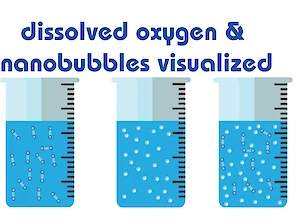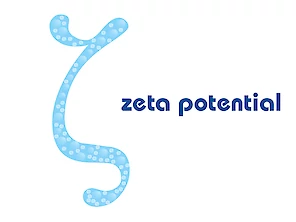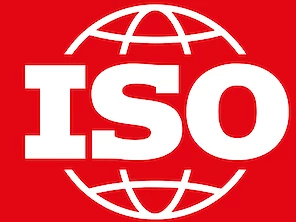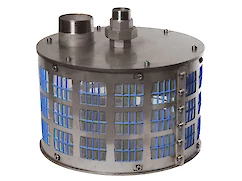lettuce tipburn
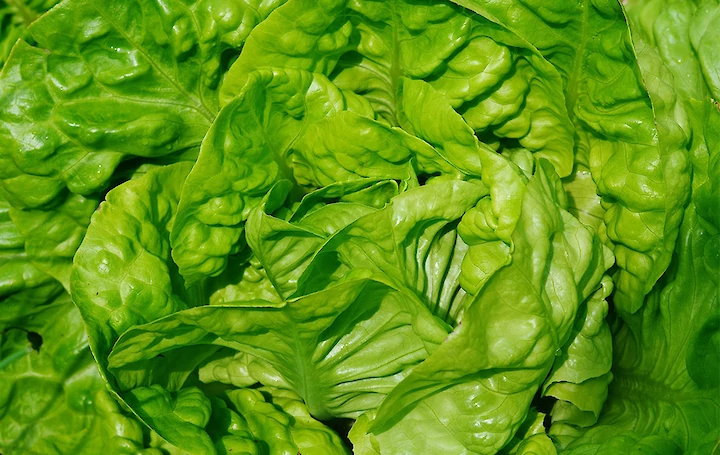
Tipburn of lettuce is the drying and dying of leaf tissue along the edges of the leaf. The first symptoms of damage consist of small yellow spots or edges along the leaf edge. Usually they are not found on the oldest leaf, but more on the growing, younger leaves of the head. The damage generally occurs only after a head has formed. The moment when the leaves of the head loosen, is critical for the occurrence of the damage. The very tallest leaves are usually cool. As the deterioration continues, the spots expand and unite, while the tissue disappears. This causes irregularly shaped dead and thinned leaf edges. These often form a starting point for secondary parasitic infections (bacterial rot).
Source
IR L. J. J. van der Kloes, Proefstation voor de Groenten- en Fruitteelt onder glas te Naaldwijk (translated from Dutch)
Links
3 Links to other pages: lettuce tipburn
Manoa lettuce is a lettuce variety susceptible to tipburn. Tipburn is the drying and dying of leaf tissue along the edges of the leaf. During a test at a grower in Hawaii it was shown that by increasing the DO levels and adding ultrafine bubbles, reduction of tipburn is realized and quality and production improvements are made.
The turbiti nanobubble generator is a first-class workhorse. Turbiti can be placed in the most demanding environments. The nanobubble generator requires a low head pump, so it's efficient in energy usage. Combined with the benefits of a static mixer, Acniti has implemented their proprietary swirl flow technology to generate efficiently and effectively nanobubbles. The turbiti OEM series gives dealers and partners the opportunity to implement the turbiti into their own equipment. The Turbiti concept gives you a worry free nanobubble solution.
Selecting a nanobubble generator can be a daunting task when you are new to the technology. In the following article we explain the differences of the various units. This helps you to select the best nanobubble generator for your research, application development or ultrafine bubble production.
